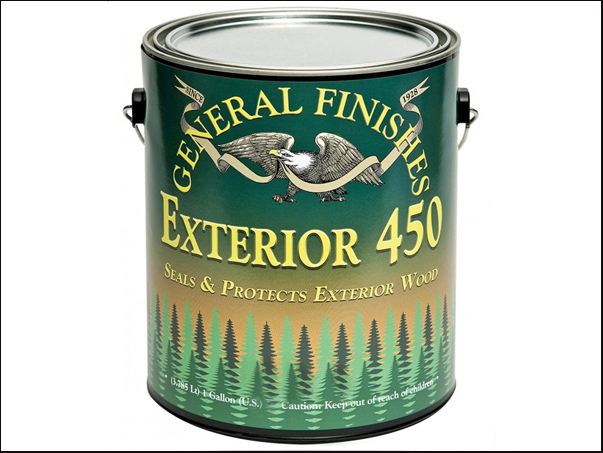
I have begun making wooden outdoor lawn ornaments. What is the best way to seal these and protect them from the weather? – Jim Cavallero
Chris Marshall: Jim, that all depends on how you plan to finish your lawn ornaments. If you’re intending to use paint, go with a good quality outdoor formulation and you won’t need to apply an additional protective coat of something else over that. Paint is one of the tougher outdoor finish options, because it seals the wood so well and prevents sunlight from degrading the fibers. If you want the wood to show through instead of painting it, you could topcoat it with marine spar varnish. It stands up to wood movement and UV degradation better than most other varnishes, but eventually even spar varnish will need to be renewed. That could involve sanding the old finish or even stripping it off if it cracks or peels over time. Another option would be to go with a clear penetrating deck sealer. You wouldn’t be building an impenetrable “film” on the wood, like varnish, but something more akin to a preservative finish that soaks into the wood. There are UV-inhibitive deck sealers that will help keep the wood from turning silvery gray too quickly (although this will probably happen anyway in the long run). The upside to deck sealer is that it won’t crack or peel, so re-coating is as easy as cleaning the wood and then brushing or spraying on another coat of sealer. I’m sure fellow eZine readers will have other suggestions you could try, too.
Rob Johnstone: I think Chris covered the topic pretty well, but I do have a trick to share that finishing expert Michael Dresdner taught me. If your projects are going to sit right on the earth and the end grain of your wood is the touching the ground, “packing” the end grain is a must. Even on kiln-dried lumber, end grain, by its nature, wants to wick moisture up and carry it farther into the straw-like fibers of the wood tissue. Michael uses a thin coating of epoxy “packed” into the end grain to prevent that from happening. So, anywhere end grain is touching the ground, apply a thin coat of epoxy to that section. You’ll like the results you get.





